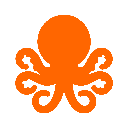-
 Bitcoin
Bitcoin $112200
0.96% -
 Ethereum
Ethereum $4310
0.64% -
 XRP
XRP $2.978
4.28% -
 Tether USDt
Tether USDt $0.9999
-0.02% -
 BNB
BNB $877.9
0.29% -
 Solana
Solana $215.6
6.68% -
 USDC
USDC $0.9997
-0.02% -
 Dogecoin
Dogecoin $0.2387
7.54% -
 TRON
TRON $0.3316
0.73% -
 Cardano
Cardano $0.8633
4.49% -
 Hyperliquid
Hyperliquid $50.46
7.52% -
 Chainlink
Chainlink $23.01
3.82% -
 Ethena USDe
Ethena USDe $1.001
-0.01% -
 Sui
Sui $3.469
2.94% -
 Stellar
Stellar $0.3750
4.79% -
 Bitcoin Cash
Bitcoin Cash $587.2
-2.71% -
 Avalanche
Avalanche $25.48
4.50% -
 Hedera
Hedera $0.2258
3.79% -
 UNUS SED LEO
UNUS SED LEO $9.548
0.05% -
 Litecoin
Litecoin $112.7
-1.24% -
 Cronos
Cronos $0.2527
-2.26% -
 Toncoin
Toncoin $3.098
-0.03% -
 Shiba Inu
Shiba Inu $0.00001287
4.08% -
 Polkadot
Polkadot $4.037
1.46% -
 Uniswap
Uniswap $9.567
3.02% -
 Dai
Dai $0.9997
-0.01% -
 Ethena
Ethena $0.7735
5.26% -
 World Liberty Financial
World Liberty Financial $0.2077
-7.48% -
 Monero
Monero $271.3
0.38% -
 Aave
Aave $302.8
1.35%
What should I do if BOLL and K-line overlap? How to judge if the price has been oscillating in the channel?
When K-line touches or crosses Bollinger Bands, it may signal overbought/oversold conditions or strong momentum, guiding traders' decisions in cryptocurrency markets.
May 21, 2025 at 08:01 pm

When dealing with the overlap of Bollinger Bands (BOLL) and K-line charts in cryptocurrency trading, it's crucial to understand how these technical indicators interact and what they signify about price movements. The overlap can indicate potential volatility, trend changes, or consolidation periods. This article will delve into how to interpret these overlaps and determine if the price is oscillating within the Bollinger Bands channel.
Understanding Bollinger Bands and K-line Charts
Bollinger Bands (BOLL) are a type of statistical chart characterizing the prices and volatility over time of a financial instrument or commodity, using a moving average with two standard deviation lines plotted above and below it. K-line charts, also known as candlestick charts, provide detailed information about price movements within a specified time frame, showing the open, high, low, and close values.
When the K-line overlaps with the Bollinger Bands, it can be a signal of several market conditions. It's essential to understand these conditions to make informed trading decisions.
Identifying Overlaps and Their Significance
An overlap occurs when the K-line touches or crosses the upper or lower Bollinger Band. This can happen in several ways:
- K-line touching the upper band: This often indicates that the market is overbought, and a price reversal might be imminent.
- K-line touching the lower band: This suggests the market might be oversold, hinting at a potential upward reversal.
- K-line breaking through the upper or lower band: This can signal strong momentum in the direction of the breakout, but it may also precede a reversal if the breakout is not sustained.
Judging Price Oscillation Within the Bollinger Bands Channel
To determine if the price is oscillating within the Bollinger Bands channel, follow these steps:
- Observe the frequency of K-line touches: If the K-line frequently touches both the upper and lower bands without breaking through, it suggests the price is oscillating within the channel.
- Check the duration of touches: Short, frequent touches indicate a high level of volatility but within a defined range. Longer periods between touches suggest a more stable oscillation.
- Analyze the K-line patterns: Look for patterns like doji, hammer, or shooting star, which can indicate potential reversals or continuation of the oscillation.
Using Additional Indicators to Confirm Oscillation
To confirm whether the price is truly oscillating within the Bollinger Bands channel, consider using additional technical indicators:
- Relative Strength Index (RSI): If the RSI oscillates between overbought (typically above 70) and oversold (typically below 30) levels, it supports the notion of price oscillation within the channel.
- Moving Average Convergence Divergence (MACD): If the MACD line oscillates around the signal line without crossing it significantly, it can indicate price oscillation.
Trading Strategies Based on BOLL and K-line Overlaps
When you identify an overlap and confirm oscillation within the Bollinger Bands channel, you can employ several trading strategies:
- Range trading: Buy near the lower band and sell near the upper band. This strategy works well in a stable oscillating market.
- Breakout trading: If the K-line breaks through the upper or lower band and is confirmed by volume and other indicators, consider trading in the direction of the breakout.
- Reversal trading: If the K-line touches the upper or lower band and shows signs of reversal (e.g., a doji or hammer), consider entering a trade in the opposite direction of the touch.
Practical Example of BOLL and K-line Overlap Analysis
Let's consider a hypothetical example of Bitcoin (BTC) trading:
- Scenario: The K-line of BTC/USD touches the upper Bollinger Band at $50,000, and the RSI is at 72, indicating overbought conditions.
- Analysis: This overlap suggests that the price might be due for a reversal. The trader should look for bearish reversal patterns like a shooting star or bearish engulfing pattern on the K-line.
- Action: If a bearish pattern forms, the trader could enter a short position, anticipating a price drop back into the Bollinger Bands channel.
Monitoring and Adjusting Trades
Once you have entered a trade based on BOLL and K-line overlaps, it's crucial to monitor the market closely and adjust your strategy as needed:
- Set stop-loss orders: To manage risk, set stop-loss orders just outside the Bollinger Bands to limit potential losses if the market moves against your position.
- Watch for breakouts: If the price breaks out of the channel and continues in the breakout direction, consider adjusting your position or exiting the trade.
- Re-evaluate indicators: Continuously monitor the RSI, MACD, and other indicators to ensure they still support your trading thesis.
Frequently Asked Questions
Q1: Can Bollinger Bands be used alone for trading decisions?A1: While Bollinger Bands can provide valuable insights into price volatility and potential reversals, they are best used in conjunction with other technical indicators and analysis methods to confirm trading signals.
Q2: How often should I adjust my Bollinger Bands settings?A2: The default settings for Bollinger Bands (20 periods for the moving average and 2 standard deviations) are widely used and effective for most trading scenarios. However, you might need to adjust these settings based on the specific cryptocurrency and timeframe you are trading.
Q3: What other chart patterns should I look for in conjunction with Bollinger Bands and K-line overlaps?A3: Besides doji, hammer, and shooting star patterns, look for head and shoulders, double tops/bottoms, and triangles. These patterns can provide additional confirmation of potential reversals or continuations when combined with Bollinger Bands and K-line overlaps.
Q4: How can I differentiate between a true breakout and a false one when using Bollinger Bands?A4: To differentiate between true and false breakouts, look for confirmation from other indicators like volume, RSI, and MACD. A true breakout is typically accompanied by high volume and sustained movement in the breakout direction, while a false breakout often lacks volume support and quickly reverses back into the Bollinger Bands channel.
Disclaimer:info@kdj.com
The information provided is not trading advice. kdj.com does not assume any responsibility for any investments made based on the information provided in this article. Cryptocurrencies are highly volatile and it is highly recommended that you invest with caution after thorough research!
If you believe that the content used on this website infringes your copyright, please contact us immediately (info@kdj.com) and we will delete it promptly.
- Worldcoin's Wild Ride: Treasury Tactics and Price Gains, a New York Minute
- 2025-09-09 14:25:15
- Hotcoin Lists Luxury Travel Token (LTT): Your Ticket to Crypto-Fueled Luxury?
- 2025-09-09 14:25:15
- Household Debt: Peeking into the 2025 Crystal Ball
- 2025-09-09 12:25:15
- Bitcoin Core, Censorship, and the Ordinals Leader: A Showdown Looms?
- 2025-09-09 12:25:15
- Bitcoin, Solana, and Hacks: Navigating the Crypto Minefield, the New York Way
- 2025-09-09 12:30:12
- AI Models, Bitcoin Trend, and the September Shock: What's the Deal?
- 2025-09-09 12:30:12
Related knowledge
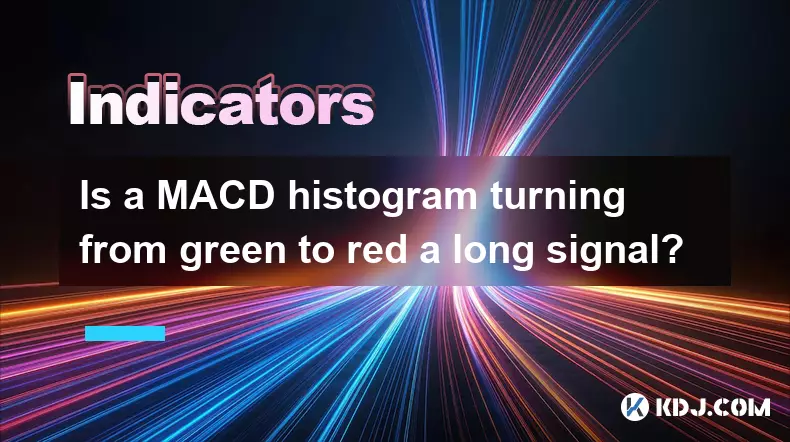
Is a MACD histogram turning from green to red a long signal?
Sep 09,2025 at 01:54pm
Understanding the MACD Histogram in Crypto Trading1. The MACD (Moving Average Convergence Divergence) histogram is a visual representation of the diff...
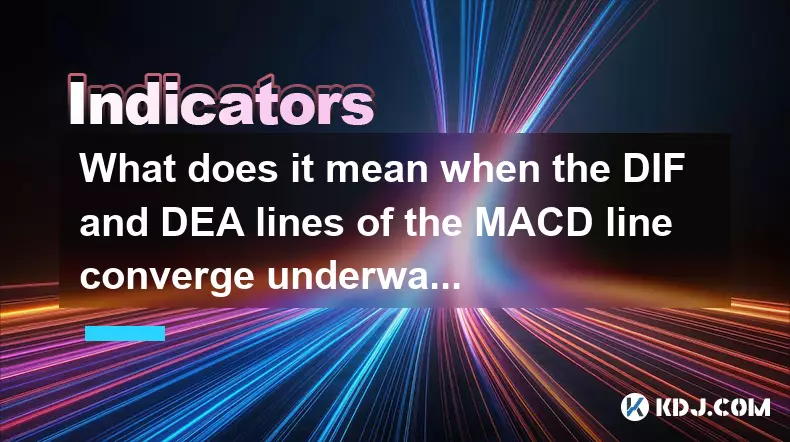
What does it mean when the DIF and DEA lines of the MACD line converge underwater?
Sep 09,2025 at 07:55am
Understanding MACD Components in Bearish Territory1. The MACD indicator consists of three elements: the DIF (Difference), DEA (Signal line), and the M...
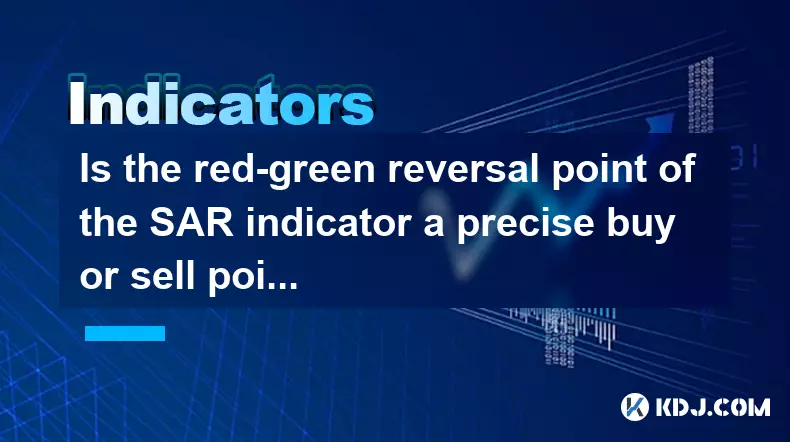
Is the red-green reversal point of the SAR indicator a precise buy or sell point?
Sep 09,2025 at 11:18am
Understanding the SAR Indicator in Cryptocurrency TradingThe SAR (Stop and Reverse) indicator, developed by J. Welles Wilder Jr., is a popular tool us...
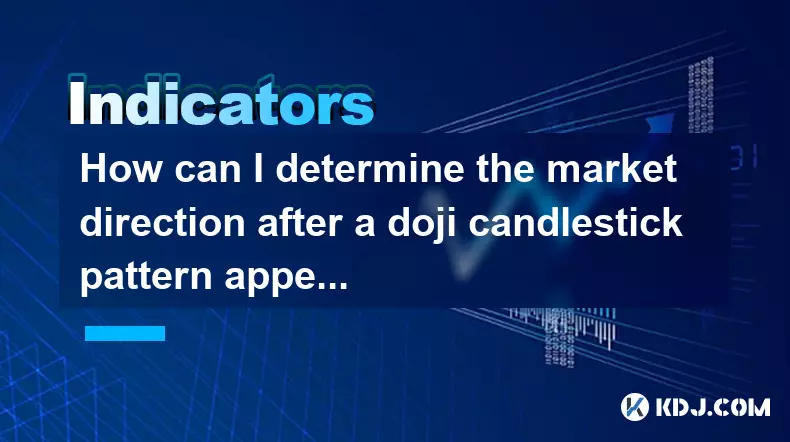
How can I determine the market direction after a doji candlestick pattern appears?
Sep 09,2025 at 05:37am
Understanding the Doji Candlestick in Crypto Markets1. The doji candlestick is a critical formation that signals indecision between buyers and sellers...
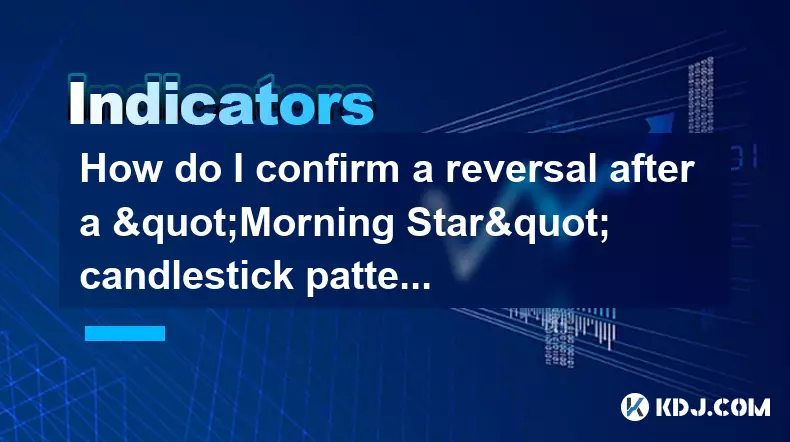
How do I confirm a reversal after a "Morning Star" candlestick pattern appears?
Sep 09,2025 at 05:19am
Understanding the Morning Star Candlestick Pattern1. The Morning Star is a bullish reversal pattern that typically forms at the end of a downtrend. It...

What does it mean when the moving averages are stuck together for a long period of time?
Sep 09,2025 at 02:19pm
What Happens When Moving Averages Cluster Together?When moving averages remain tightly grouped over an extended duration, it signals a phase of market...

Is a MACD histogram turning from green to red a long signal?
Sep 09,2025 at 01:54pm
Understanding the MACD Histogram in Crypto Trading1. The MACD (Moving Average Convergence Divergence) histogram is a visual representation of the diff...

What does it mean when the DIF and DEA lines of the MACD line converge underwater?
Sep 09,2025 at 07:55am
Understanding MACD Components in Bearish Territory1. The MACD indicator consists of three elements: the DIF (Difference), DEA (Signal line), and the M...

Is the red-green reversal point of the SAR indicator a precise buy or sell point?
Sep 09,2025 at 11:18am
Understanding the SAR Indicator in Cryptocurrency TradingThe SAR (Stop and Reverse) indicator, developed by J. Welles Wilder Jr., is a popular tool us...

How can I determine the market direction after a doji candlestick pattern appears?
Sep 09,2025 at 05:37am
Understanding the Doji Candlestick in Crypto Markets1. The doji candlestick is a critical formation that signals indecision between buyers and sellers...

How do I confirm a reversal after a "Morning Star" candlestick pattern appears?
Sep 09,2025 at 05:19am
Understanding the Morning Star Candlestick Pattern1. The Morning Star is a bullish reversal pattern that typically forms at the end of a downtrend. It...

What does it mean when the moving averages are stuck together for a long period of time?
Sep 09,2025 at 02:19pm
What Happens When Moving Averages Cluster Together?When moving averages remain tightly grouped over an extended duration, it signals a phase of market...
See all articles


















































































